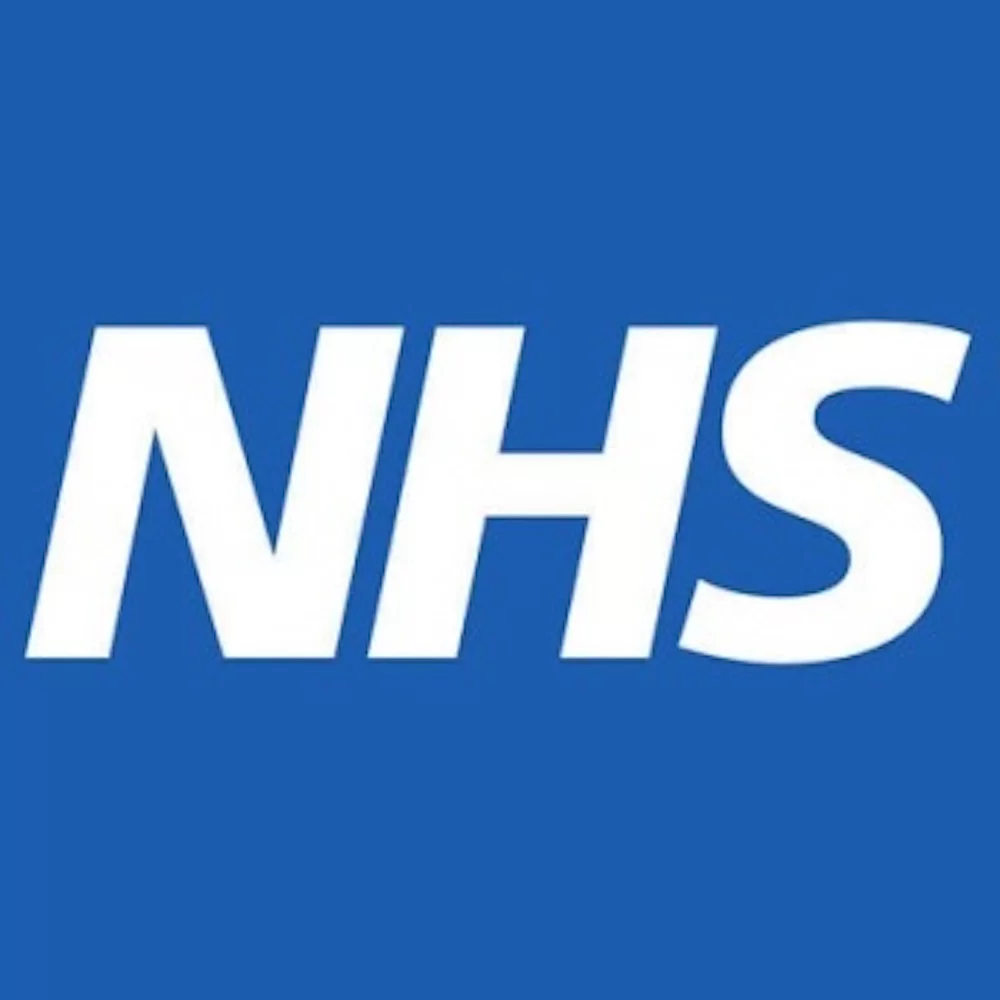Diabetic Eye Screening

An NHS Screening Service
Frequently asked questions
Diabetic retinopathy
How common is diabetic retinopathy?
A 1998 study reported baseline retinopathy levels were present in 39% of men and 35% of women with newly diagnosed Type 2 diabetes.
A 2002 study of 831 people with type 1 diabetes and 7,231 people with type 2 diabetes in Liverpool showed baseline diabetic retinopathy levels of 45.7% and 25.3% respectively.
What is the chance of losing your sight from diabetic retinopathy?
Diabetic retinopathy is the leading cause of blindness in people of working age and is increasing in the elderly population.
A study in Scotland showed that 0.21% of people with diabetes have a chance of going blind, and 0.064% will go blind every year. If you apply these figures in England, this means that an estimated 4,800 people have the chance of going blind and 1,280 people would go blind if there was no systematic screening programme in place.
Does using insulin increase the risk of developing diabetic retinopathy?
No. The only link with insulin is that it is often prescribed for people who have poor control of their diabetes. Poor control of diabetes increases the risk of developing diabetic retinopathy.
Major international trials have found other risk factors that increase the chances of developing diabetic retinopathy, including:
Duration of Diabetes
Smoking
High levels of Cholesterol
High Blood Pressure
High levels of HbA1c (poor control of glucose)
Screening
Where does screening take place?
We offer screening at several venues throughout the year. These can all be found on our Contact & Locations page.
The three types of venues include:
Static sites such as hospital clinics.
Mobile sites, often GP practices or local community centres.
High Street Optometry practices (where selected optometric sites offer full quality assured screening as part of the local screening programme)
What evidence is there to support screening?
The UK National Screening Committee advises ministers and the NHS in all four UK countries on all aspects of screening policy. Its decisions are based on research evidence and informed by multi-disciplinary groups including healthcare professionals and patient representatives.
There are six main reasons why the UK NSC recommended a screening programme for sight-threatening diabetic retinopathy:
Sight-threatening diabetic retinopathy is an important public health problem. It is the most common cause of blindness in people of working age in England and Wales
The global epidemic of diabetes (especially type 2) means that diabetic retinopathy will continue to be a public health problem
Diabetic retinopathy can be diagnosed at an early stage in people with both type 1 and type 2 diabetes
Laser treatment is an effective treatment for diabetic retinopathy, whilst there is also evidence that diabetic retinopathy can be prevented or the rate of deterioration slowed through better blood glucose and blood pressure control
There is a suitable and reliable screening test available
Screening and treatment are a cost-effective use of resources
How many people's sight could the screening programme save?
There are nearly over 3.2 million people with diabetes identified by GP practices in England. It is estimated that in England every year there are around 4,200 people are at risk of blindness caused by diabetic retinopathy, and there are 1,280 new cases of blindness caused by the diseases.
Diabetic retinopathy screening in other countries has cut these figures by 80%. The screening programme therefore has the potential to reduce the numbers of new cases of blindness in England from an estimated 1,280 to 256, saving the sight of more than 1,000 people a year.
Why is screening only offered to people with diabetes?
People who do not have diabetes are not at risk of developing diabetic retinopathy.
If eligible how do I know if I’m suitable for attending a screening in a community setting?
You must be able to…
- sit close to a table/retinal camera. This will either be by transferring to a chair, or a wheelchair that could be manoeuvred close to the table
- transfer safely if the wheelchair is too large. Screeners cannot lift patients.
- keep sitting forward, with the strength to keep your chin on the rest and forehead on the bar for a few minutes. Some patients who cannot do this can overcome the problem if they have a carer to help them lean forward
- have the mental capacity to follow simple instructions
- to look at a light in the camera or a finger/torch outside of the camera.
Please also consider:
- Large wheelchairs, especially those which are electric, and those where patients are strapped in (by their head, neck) means we cannot place the patient close to the camera.
What screening is offered during pregnancy?
If you have type 1 or type 2 diabetes and are pregnant, you need special care as there are risks to both mother and baby associated with the condition.
You will be offered additional tests for diabetic retinopathy at, or soon after, your first antenatal clinic visit and also after 28 weeks of pregnancy.
If early stages of retinopathy are found at the first screening, you will be offered another test between 16 and 20 weeks of pregnancy. If serious retinopathy is found at any screening, you will be referred to a hospital eye specialist.
Hyperglycaemia (gestational diabetes)
You will not be offered screening for diabetic retinopathy if you did not have diabetes before pregnancy but develop hyperglycaemia (also known as gestational diabetes) during pregnancy.
What test is used to screen for diabetic retinopathy?
The screening test involves taking photographs of the eye. People are given eye drops to make their pupils larger, and then photos are taken of the retina. The camera will flash to illuminate the retina. The camera does not come into contact with the eyes.
How long does the screening appointment take?
You should allow approximately 30 to 40 minutes for your appointment, though it can take longer if you require additional eye drops to dilate your pupils sufficiently.
If you are unable to get to your appointment on time, please contact the booking office on 020 8099 1122 to rearrange your appointment.
What if I don't want to be screened?
People with diabetes can make an informed choice to opt out of the screening programme.
They should confirm this decision in writing to the healthcare professional they have been communicating with.
Should I still see my optician?
Yes. Screening is only designed to detect diabetic retinopathy. You still need to see your optician regularly for a sight test for glasses and to check for other eye health problems such as glaucoma.
Patients are entitled to have regular NHS eye tests but this does not mean you have to have one. Please follow the guidance of your Eye Care Professional.
What are the risks of screening?
The eye drops used to dilate the pupils may cause some stinging for a few seconds, and for approximately two to six hours afterwards, your sight will be blurred and it will be difficult to focus. You should therefore not drive following your screening appointment.
Very rarely, the drops used can cause a sudden, dramatic rise in pressure within the eye. This only happens in people who are already at risk of developing this problem at some point in their lives.
Symptoms of acute pressure rise include:
Pain or severe discomfort in your eye
Redness of the white of your eye
Constantly blurred sight
If you experience any of these symptoms after screening, you should return to the eye unit or go to an accident and emergency department.
No screening programme is foolproof, and on rare occasions the process can sometimes miss changes that could threaten sight, although every effort is made to reduce the risk of this happening.
Screening Results
What are the possible results of screening?
Possible screening results are:
No retinopathy
Background retinopathy
Degrees of referable retinopathy
To find out what these mean click here
Treatment
What should patients do if they are diagnosed with diabetic retinopathy?
If you are diagnosed with mild background diabetic retinopathy you should discuss this with the clinician who is looking after your diabetes to optimise control of your blood glucose, blood pressure and lipids, and preferably avoid smoking. If you have referable retinopathy identified at a screening appointment you will be referred and should attend for your hospital eye service outpatient appointment.
What treatment is available for diabetic retinopathy?
Laser treatment is the main treatment for diabetic retinopathy, with vitrectomy operations being undertaken for advanced cases.
Intravitreal injections of steroid triamcinolone are used when macular oedema does not respond to laser treatment, but there are known side effects and the evidence suggests only short-term benefits.
Inhibitors of Vascular Endothelial Growth Factor (VEGF) can also be used, but there is not enough high quality evidence to prove that this is the safest and most effective way to treat diabetic retinopathy. The National Institute of Clinical Excellence (NICE) is assessing this method of treatment.




